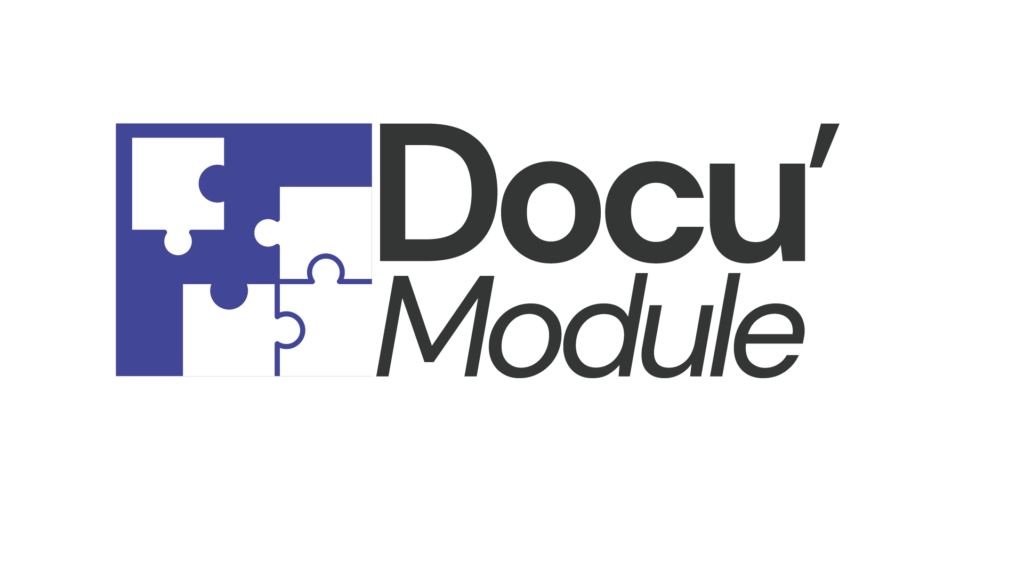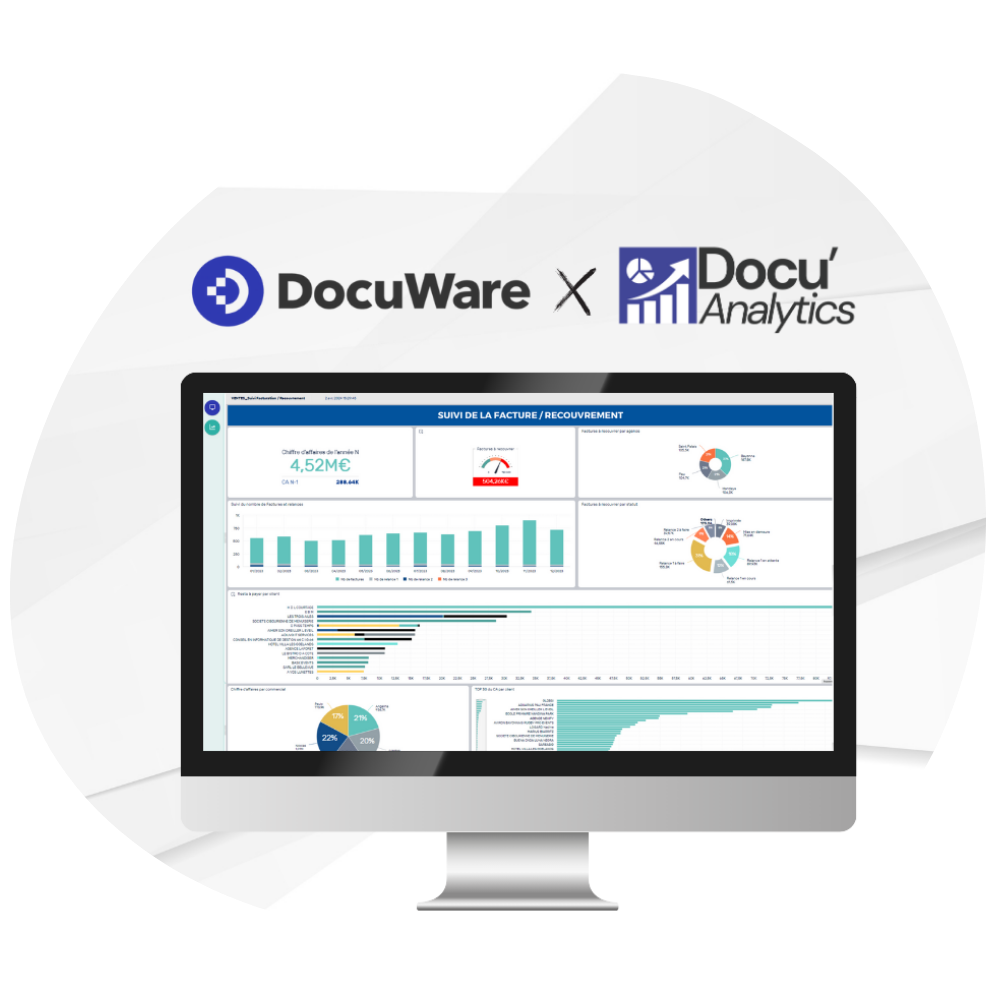- Current context
Use document metadata!
Electronic document management (EDM) is often seen as a way to centralize and digitize documents to facilitate access and research. Although this is the very essence of EDM, it hides an added value that is sometimes underestimated: the exploitation of document metadata. This information constitutes a wealth of valuable data which, when expressed in performance indicators, can support CEOs and managers in their strategic decision-making.
From then on, the EDM becomes a real tool for managing the company's activity.









